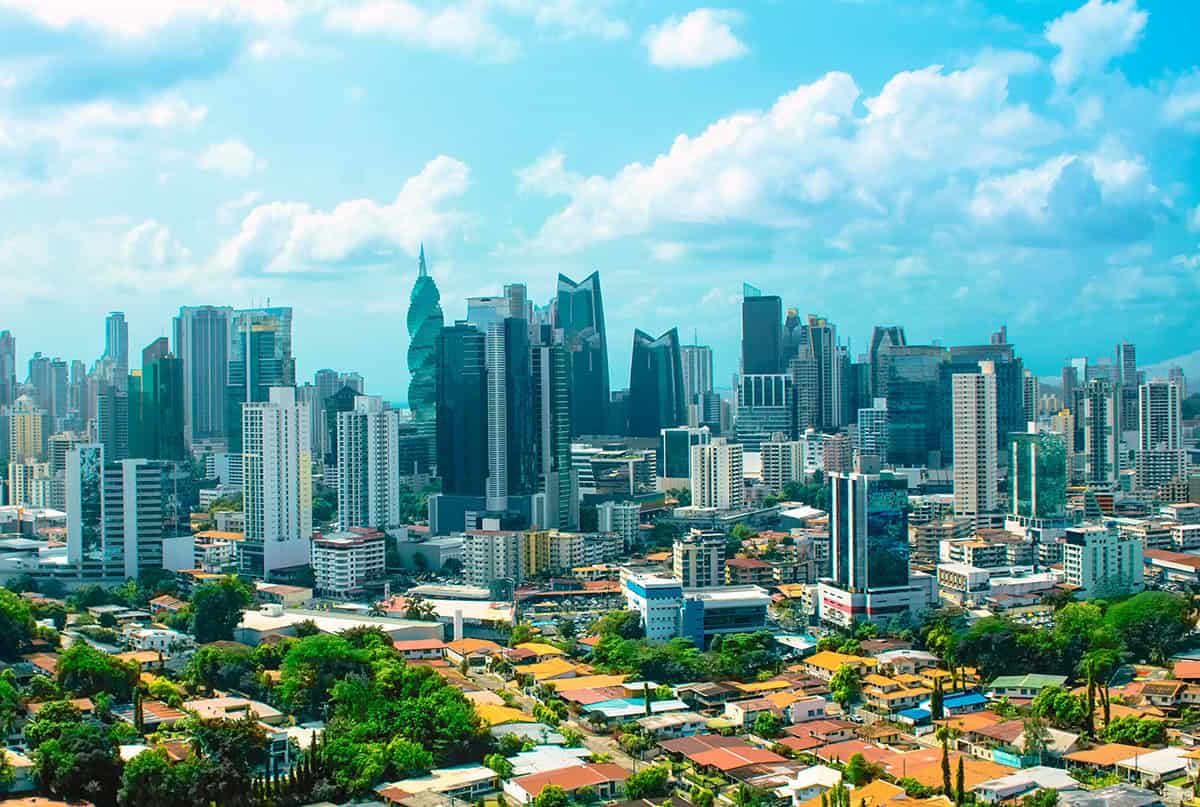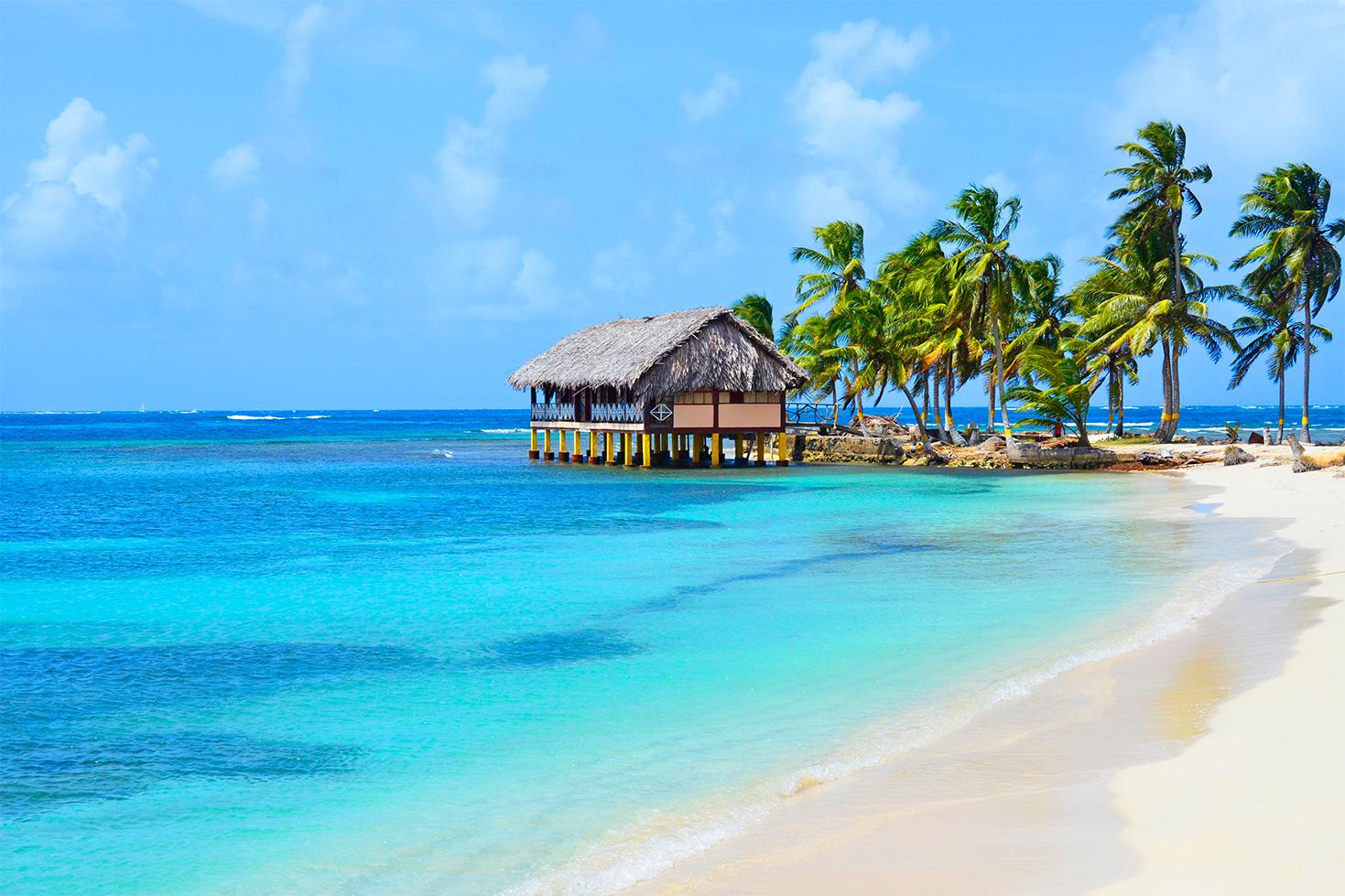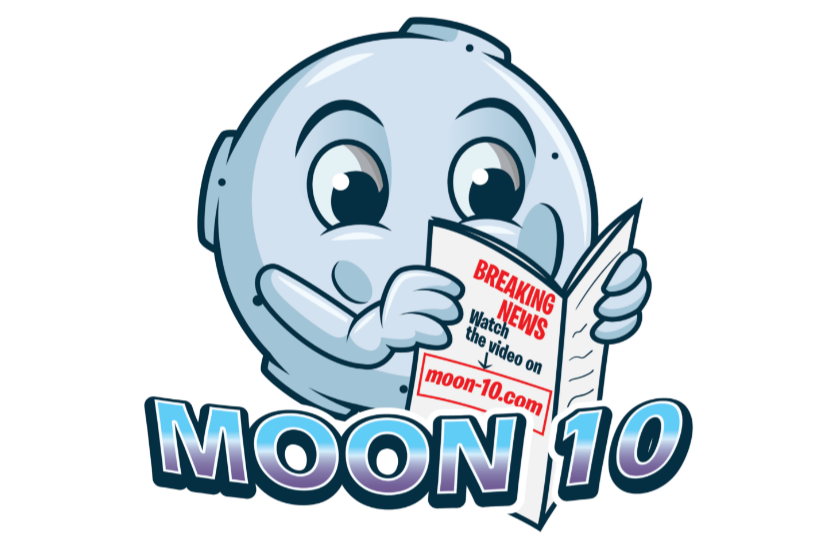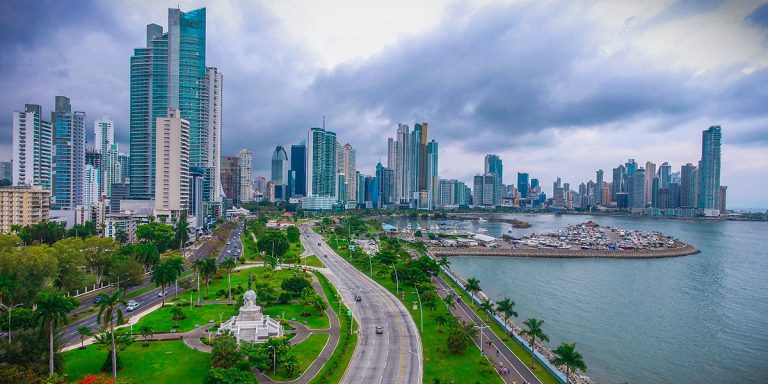Panama has become an increasingly popular vacation spot for Jamaicans due to its charm and visa-free access. This vibrant and diverse country allures thousands of travellers worldwide. It has a rich culture, stunning landscapes, and bustling city life. This destination caters to adventurers, history buffs, and individuals seeking a relaxing getaway. However, there are some key points to know about Panama before embarking on your journey. These pointers will help you to avoid mishaps and have an enriching experience in Panama.
1. Embrace the Local Festivities
Planning your Panama trip during the festive season can be an amazing experience, but you must book ahead to avoid booked-out hotels and high fees. Celebrations are hosted throughout the year, which is perfect for experiencing the country’s culture. Carnaval in Las Tablas is celebrated during the four days leading up to Ash Wednesday, and nationwide events during Easter, Christmas, and New Year’s. November also features many independence celebrations.
2. Understand the Climate: Wet and Dry Seasons
When visiting Panama, it is important to pack for the season. The country’s dry season starts in December and ends in April, while its wet season runs from May to November. Visiting during the dry season will require light, breathable clothing for the heat. However, a raincoat umbrella is still advised for unexpected rain. Meanwhile, trips during the wet season require more waterproof outfits. There are often heavy downpours, especially in the afternoons and mostly in the coastal regions near the Caribbean.

3. Dress Accordingly in Panama City
Dressing appropriately is very important in foreign countries. In Panama, you can be considered disrespectful according to how you dress. Men are considered disrespectful if they go shirtless in public areas. Additionally, the locals in Panama City follow a particular dress code. While beachwear is acceptable in coastal towns like Bocas del Toro, you should dress slightly more formally in Panama City. Locals tend to dress up a bit and casual wear is acceptable. However, wearing flip-flops and tank tops will make you stand out.
4. Taxis Don’t Have Meters—Negotiate Your Fare
When taking public transportation in Panama, it is best to confirm the fare with the taxi operator before getting in the vehicle. Panama’s taxis do not use meters, so the destination will be used to determine the fare. You can avoid surprising fares by asking the driver first, especially since tourists are usually overcharged. You can also use ride-hailing apps like Uber and Lyft in Panama City, as their pricing structures are more transparent.
5. Learn Basic Spanish and Local Slang
In Panama, English is widely spoken in tourist areas, but it is best to know a few Spanish phrases to communicate with the locals. Learning basic Spanish phrases can make your experience more meaningful as you connect with the locals. Phrases like “buenas” (hello) when greeting locals, “por favour” (please) when requesting something, and “gracias” (thank you) to show gratitude will be greatly appreciated. You can also practice some of the simple slangs that locals use, such as “qué sopa?” (what’s up?) and “pinta fría” (cold beer). When interacting with locals, avoid discussing political topics and the Panama Canal.

6. Smoking and Vaping Restrictions
It is crucial to adhere to the country’s smoking laws. These laws prohibit smoking in all public indoor spaces and outdoor dining areas. Smoking is also banned in public transport and workplaces. There is no exception for e-cigarettes; these are banned in the areas mentioned above. It is also illegal to sell e-cigarettes or import them into the country. Stick to the designated smoking areas when you feel the need to light one up.
11. Stay Safe in the City
Panama is one of the safest countries in Central America, but like any major city, Panama City has areas where tourists should exercise caution. Avoid flashing valuables, be mindful in crowded areas, and opt for ATMs inside banks rather than on the street. Stick to well-lit areas at night and use reputable transportation options.

